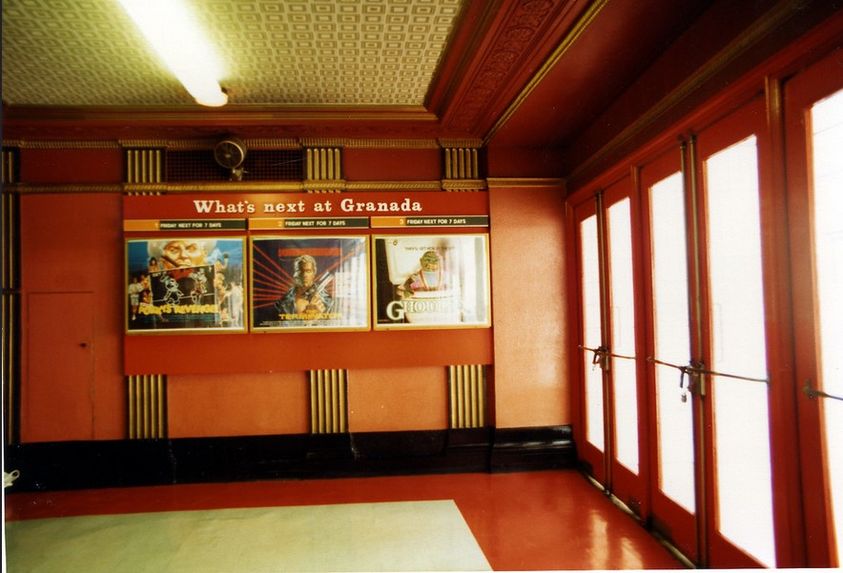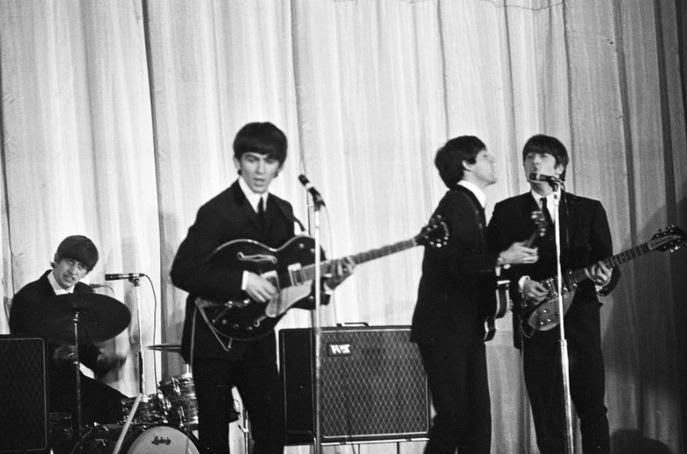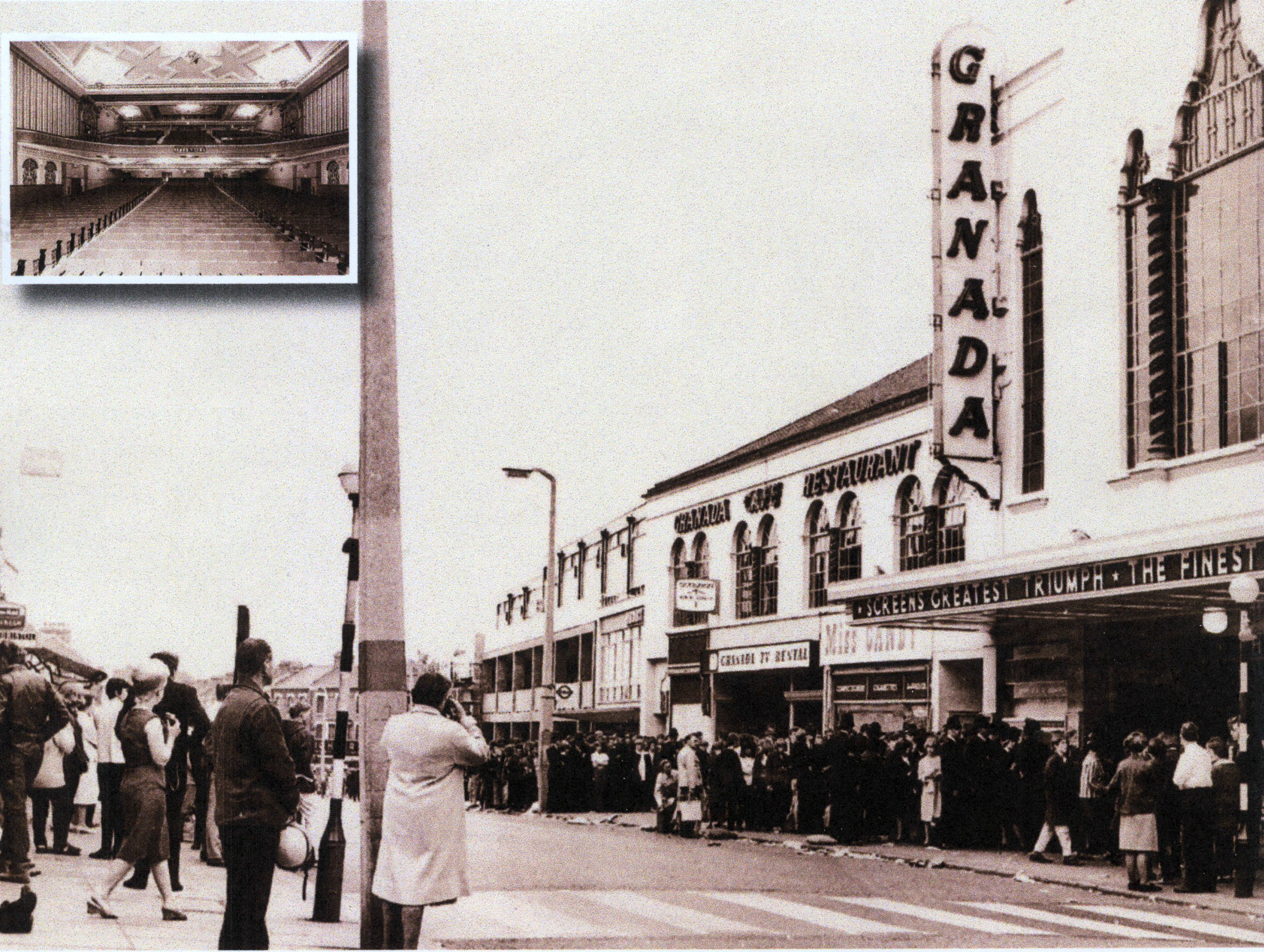Photo Gallery - Historic Buildings
The Granada Cinema, Hoe Street, Walthamstow
For many of this the iconic Granada Cinema was an essential part of our youth. These photos have been posted on our facebook page and together with text postings and other research we will be developing this page to explore its significance in the life of E17. PHOTOS from Len Mclondon (date 1986) and Philip Lane (just before its closure).
The cinema started its life as the 'Super Cinema.' There were several Super Cinemas in London with a trio of musicians in each one to accompany the silent films. The famed Max Jaffa led the trio at the Walthamstow Super Cinema when he was a teenager and earned a £1 a day. He would have been considered a child prodigy nowadays but he found trio work boring and worried that he would slip into bad habits if he stayed for too long. He went on to lead the string section in the Mantovani Orchestra in theatres across the country including a revue and musical by Noël Coward. This led to him running his own orchestra on BBC Radio and TV. He ended his orchestral career playing at Scarborough.
- 253880182_578948320002471_6446144218317443339_n
- 253274709_578951936668776_2227851447068322102_n
- 252931484_578952146668755_8638230075412959602_n
- 252534677_5149946851701105_1069406403643959502_n
- 253336618_5149947028367754_7510511679408420986_n
- 253600360_5149947431701047_867010372015079594_n
- 249829533_5149947725034351_401533366490021279_n
- 253492918_579052023325434_2923313405053224700_n
- 253521669_579052716658698_4314170563518427790_n
- 253314005_579052936658676_7571358995905928112_n
The Granada Cinema, Walthamstow

In his pictorial history of Walthamstow, 'Walthamstow Through Time,' Lindsay Collier gives a detailed history of the cinema:
"The Victoria Hall was opened on 2 May 1887 as a venue for dances, meetings, concerts and plays. It later became the King's Theatre but reverted back to its original name in 1907 and became a full-time cinema. It was then purchased by Cecil Bernstein of Granada Theatres, who decided to build a more modern Super Cinema on the site. In 1930, the old Victoria Hall was then demolished and the new Walthamstow Granada Cinema opened on 15 September 1930. The cinema also had an excellent stage and facilities; hence it was used many times for also for shows and concerts. Our picture (below) shows people queuing for the first Beatles show.

A photo believed to be of The Beatles on stage at the Granada, Walthamstow in October 24th 1964
In 1954, the Granada also became the first cinema in the area to show a film in Cinemascope. On 16 October 1973 it opened again as a triple-screen cinema. At this point, we must also mention the theatre's Christie organ, which was once played by a Harold Ramsay, said to be at one time the highest paid organist in the world...
... The cinema became part of The Cannon Group in 1989 and was then operated by Odeon until being sold to EMD cinemas in 2000. After trying for a number of years to make the cinema viable, the final nail in the coffin for this grand old lady was the coming of the home cinema video age. In 2003 the cinema was sold to the Universal Church of the Kingdom of God (UCKG) to be used as a church, which was similar to the fate of the Astori, Finsbury Park. As the old cinema was an art deco listed building, a group of like-minded people got together called the McGuffin Film Society, to have the building returned to its original use as a cinema. Despite a long campaignby the McGuffin Group and huge public support, along with the council refusing to grant planning permissionto the church group for the building to use as a church, the cinema today remain empty..."
Well we know now that life is being breathed back into the 'old lady...'


